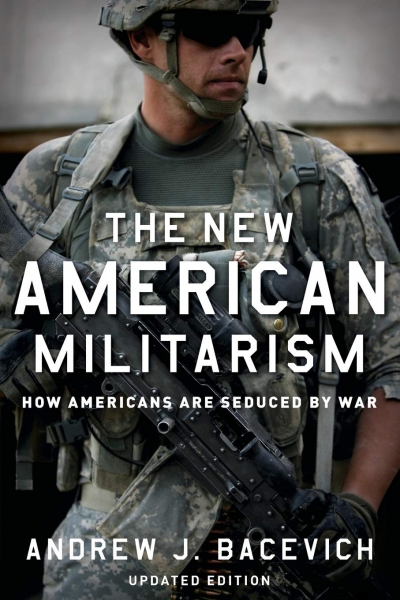Archive
The New American Militarism by Andrew J. Bacevich & Unintended Consequences by Kenneth J. Hagan and Ian J. Bickerton
by Richard Broinowski •
Designing Australia's Cities: Culture, commerce, and the city beautiful 1900–1930 by Robert Freestone
by Richard Aitken •
Sharyn Munro lives alone in a mudbrick house on a mountain near the Hunter River, many miles from the nearest shop or neighbour. In her late fifties, with arthritis slowly encroaching, she attempts to revegetate rainforest gullies, grows her own food and provides a refuge for wallabies, quolls and antechinus. Munro’s memoir, The Woman on the Mountain, sets out to explain this ‘foolhardy’ choice of abode.
... (read more)Joel and Cat Set the Story Straight by Nick Earls and Rebecca Sparrow
by Ruth Starke •
Inside Spin: The Dark underbelly of the the PR industry by Bob Burton
by Grant Bailey •
Man of Steel: A Cartoon history of the Howard years edited by Russ Radcliffe
by Robert Phiddian •
Nature as Model: Salomon De Caus and early seventeenth century landscape design by Luke Morgan
by Charles Zika •
Right Book, Right Time: 500 Great reads for teenangers by Agnes Nieuwenhuizen
by Nigel Pearn •










